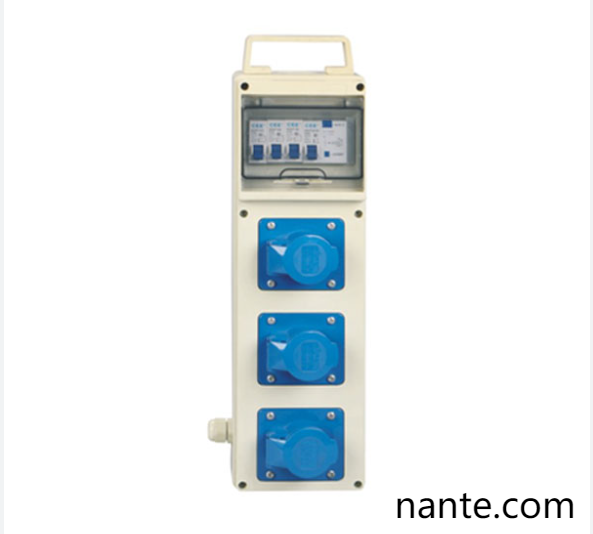Energizing Urban Pop-Ups with Adaptive Power Solutions
In the vibrant realm of temporary festivals, mobile markets, and experiential installations, the distribution Socket Box has become an indispensable ally for agile energy management. These modular systems now underpin the pulse of urban creativity, enabling everything from ephemeral art galleries to eco-conscious food truck clusters to operate safely and sustainably while harmonizing with the aesthetics of modern event design.
Intelligent Energy for Dynamic Spaces
Pop-up culture thrives on spontaneity, but its power infrastructure demands precision. Bulky generators and exposed cables clash with the sleek, social media-friendly designs of contemporary urban activations. Modular power hubs address this by integrating discreetly into event layouts—think compact, weather-resistant units powering food vendor grids or low-profile models embedded within sculptural installations to preserve visual flow. Tamper-resistant locking mechanisms secure connections in crowded spaces, while advanced overload protection safeguards against electrical hazards in rain-drenched markets or dust-prone festival grounds.
Sustainability Through Scalable Design
Cities prioritizing green initiatives increasingly adopt hybrid energy systems for temporary events. Energy management systems now act as central nodes, balancing renewable sources like solar panels with traditional grid connections. Imagine mobile markets where solar-charged hubs illuminate LED displays and vendor stations, slashing emissions without dimming the lively atmosphere. Modular architectures also combat waste: instead of discarding entire units post-event, organizers reconfigure components like outlets or surge protectors for future use, aligning with circular economy principles.
Aesthetic Integration as a Priority
Temporary installations demand infrastructure that complements their visual narrative. Once utilitarian eyesores, power interfaces now feature muted powder-coated finishes or bold hues that align with event themes. Flush-mounted designs preserve minimalist aesthetics in high-end fashion pop-ups, where hidden units discreetly power backstage lighting rigs and sound systems. Some forward-thinking models even double as Wi-Fi hotspots or environmental sensors, expanding their role beyond energy distribution to support smart city pilot projects testing IoT innovations.
Future-Ready Urban Adaptability
The rise of compact urban hubs and micro-mobility networks underscores the need for infrastructure that evolves with civic needs. Versatile interfaces enable rapid deployment of charging stations at weekend markets or emergency power during grid outages. Ruggedized builds withstand urban stressors—anti-graffiti coatings protect units in street-art festivals, while vibration-resistant casings ensure reliability near bustling thoroughfares. For brands hosting immersive activations, these systems offer plug-and-play simplicity, powering VR stations, interactive displays, and live-streaming setups without logistical bottlenecks.
Collaborative Innovation for Urban Resilience
Designers and urban planners seeking cutting-edge solutions can explore adaptable energy systems at www.nante.com. Their modular platforms exemplify how intelligent engineering transforms power distribution into an enabler of creativity, safety, and environmental stewardship for tomorrow’s pop-up ecosystems.

